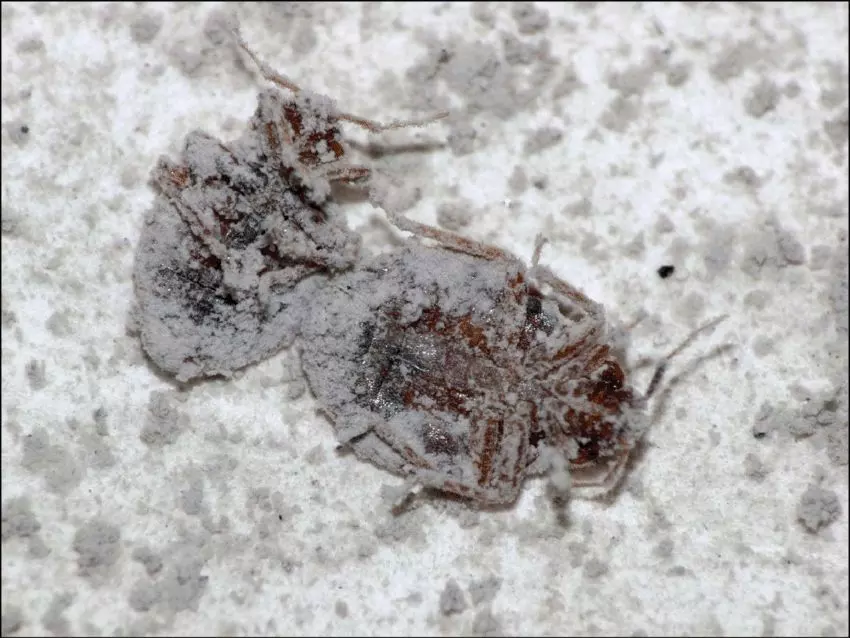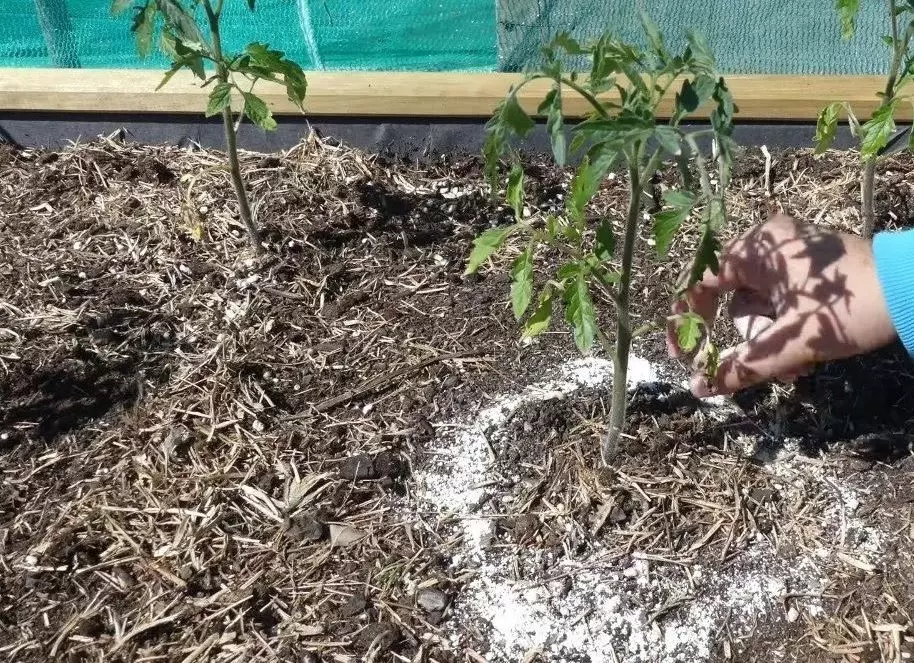In this article we will explain how to use diatomaceous earth in potted plants, you will learn all the advantages of this amazing mineral.
This mineral is used in agriculture and livestock farming as a natural contact insecticide, fertilizer, and as an additive for animal nutrition.
Table of Contents
What is Diatomaceous Earth?
Diatomaceous earth, also known as diatomite, celite, or kieselgur, is derived from the fossilized skeleton of microscopic single-celled algae with a silica coating that has accumulated on the seafloor over millions of years.

Advantages of Diatomaceous Earth
Using diatomaceous earth in potted plants has many advantages, it also has advantages for our garden and home:
- Effective against insects, mites, and other pests with chitin exoskeleton.
- Naturally rich in trace elements and minerals essential for plants.
- It has no safety period; we should apply diatomaceous earth during any phase of our crops.
- Its effect is preventive.
- Diatomaceous earth is harmless for people and pets.
- It is a mineral of natural origin, not chemically treated.
- 100% biodegradable and environmentally friendly product.
- Diatomaceous earth is used to control domestic pests such as cockroaches and ants.
- It is used for internal deworming as an additive for animal nutrition in livestock farming.
- In poultry farming, besides deworming, it also helps to harden the eggshell.
A study from the University of Pisa and the University of Thessaly demonstrated the effectiveness of diatomaceous earth in different crops.
Why Is Diatomaceous Earth a Good Pesticide for Potted Plants?
As we have already mentioned, the use of diatomaceous earth has several advantages, but nothing beats its use as a pesticide. Due to the natural structure of diatoms and their silica coating, diatomaceous earth acts physically and by contact with a drying effect.
When a pest with a chitin exoskeleton (its waxy outer covering) comes in contact with diatomite, the microscopic silica in the product perforates and destroys the waxy covering of the pest, causing its dehydration and death by desiccation.
This mineral has a physical contact action, so it does not generate resistance in insects (Order it here).

What Pests Can We Control Using Diatomaceous Earth in Potted Plants?
Diatomaceous earth is excellent for controlling all kinds of pests in potted plants with chitin exoskeleton, its use is a nightmare for major garden and household pests. By applying this mineral we can control some of the pests listed below:
Aphids.
Lepidoptera larvae (caterpillars in general).
Mites (red spider mites, yellow spider mites, etc.).
Flies.
Mosquitoes.
Ants.
Cockroaches.
Moths.
Lice and fleas.
Ticks.
Woodworm and termites.
How to Use Diatomaceous Earth in Potted Plants
We prepared this video on how to use diatomaceous earth in potted plants. Also, we explain how to use diatomaceous earth as a fertilizer.
Diatomaceous Earth Side Effects
The use of this product is safe for the health and respectful of the environment, as long as it is used following the dosage and recommendations of the labeling of the product.
- Natural Product - Composed of 4lbs of 100% ground freshwater diatomaceous earth with absolutely no additives or fillers.
- OMRI Listed - Listed with the Organic Minerals Research Institute, a non-profit organization that reviews products against organic standards.
- Powder Duster Included - Powder duster in the bag for easy and efficient application of diatomaceous earth on animal feed
Frequently Asked Questions Diatomaceous Earth
How Long for Diatomaceous Earth to Kill Ants?
The time it takes for the diatomaceous earth to kill ants varies slightly depending on the species of ant and the amount of diatomaceous earth that came in contact with the ant. Diatomaceous earth normally kills red ants in less than 16 hours. With the more resistant black ants, it can take up to 24 hours to kill the ants.
Does Diatomaceous Earth Kill Slugs?
Yes, diatomaceous earth is effective in killing slugs. Diatomaceous earth works by dehydrating the slugs and other insects when they come into contact with it. The microscopic sharp edges of the diatoms in DE scratch the slugs’ bodies, causing moisture loss and eventually leading to their demise.
However, it’s important to note that DE needs to be applied directly to the slugs or in areas where they are likely to crawl for it to be effective. Additionally, DE works best when it is dry, as moisture can reduce its effectiveness. I recommend you read our article about home remedies for slugs.


